Depth Filtration
Categories: Engineering Lab EquipmentDepth filtration is a key unit operation in water treatment. It enables this process to be demonstrated.Raw water contaminated with solids is pumped from above into a filter. The solids are captured a...
Product
Description
Depth filtration is a key unit operation in water treatment. It enables this process to be demonstrated.
Raw water contaminated with solids is pumped from above into a filter. The solids are captured and retained as the raw water flows through the filter bed. The water itself passes through the filter bed and emerges at the bottom end of the filter. The treated water (filtrate) flows into a tank. Over time, more and more solids are deposited in the filter bed which increases its flow resistance. This process is detectable by the increasing pressure loss between the filter inlet and outlet. The flow through the filter decreases. Backwashing with treated water cleans the filter bed and reduces the pressure loss again.
Learning Objectives/Experiments
Pressure conditions in a filter
Factors influencing the pressure loss (Darcy’s law)
Flow rate
Height of the filter bed
Permeability of the filter bed
Determine the pressure in the filter bed (Micheau diagram)
Backwash of filters
Observe the fluidisation process
Determine the expansion of the filter bed
Determine the required flow velocity (fluidisation velocity)
Specification
Depth filtration and backwash
Separate supply unit with tank and pump for raw water
Pump for backwashing the filter
10 tube manometers to measure the pressures
Plotting of Micheau diagrams
Electromagnetic flow rate sensor
4 ball valves with motor
Measurement of flow rate, differential pressure, system pressure and temperature
Control of flow velocity
Technical data
Filter
inside diameter: 106mm
total height: 1125mm
max. filter bed height: approx. 700mm
Raw water pump
max. flow rate: 150L/min
max. head: 9m
Backwash pump
max. flow rate: 40L/min
max. head: 10m
Tanks for raw water and treated water
capacity: each 180L
Measuring ranges
flow rate: 0…1300L/h
pressure: 1x 0…0,6bar, 10x 0…1260mmWC
differential pressure: -1…1bar
temperature: 0…100°C
filter bed height: 0…720mm
230V, 50Hz, 1 phase
230V, 60Hz, 1 phase, 230V, 60Hz, 3 phases
quick overview :
Depth filtration is a key unit operation in water treatment. It enables this process to be demonstrated.
Raw water contaminated with solids is pumped from above into a filter. The solids are captured and retained as the raw water flows through the filter bed. The water itself passes through the filter bed and emerges at the bottom end of the filter. The treated water (filtrate) flows into a tank. Over time, more and more solids are deposited in the filter bed which increases its flow resistance. This process is detectable by the increasing pressure loss between the filter inlet and outlet. The flow through the filter decreases. Backwashing with treated water cleans the filter bed and reduces the pressure loss again.
Learning Objectives/Experiments
Pressure conditions in a filter
Factors influencing the pressure loss (Darcy’s law)
Flow rate
Height of the filter bed
Permeability of the filter bed
Determine the pressure in the filter bed (Micheau diagram)
Backwash of filters
Observe the fluidisation process
Determine the expansion of the filter bed
Determine the required flow velocity (fluidisation velocity)
Specification
Depth filtration and backwash
Separate supply unit with tank and pump for raw water
Pump for backwashing the filter
10 tube manometers to measure the pressures
Plotting of Micheau diagrams
Electromagnetic flow rate sensor
4 ball valves with motor
Measurement of flow rate, differential pressure, system pressure and temperature
Control of flow velocity
Technical data
Filter
inside diameter: 106mm
total height: 1125mm
max. filter bed height: approx. 700mm
Raw water pump
max. flow rate: 150L/min
max. head: 9m
Backwash pump
max. flow rate: 40L/min
max. head: 10m
Tanks for raw water and treated water
capacity: each 180L
Measuring ranges
flow rate: 0…1300L/h
pressure: 1x 0…0,6bar, 10x 0…1260mmWC
differential pressure: -1…1bar
temperature: 0…100°C
filter bed height: 0…720mm
230V, 50Hz, 1 phase
230V, 60Hz, 1 phase, 230V, 60Hz, 3 phases
Product
Reviews
add Review
reviews
No Review Yet.
Copyrights © 2025 All Rights Reserved by Atico

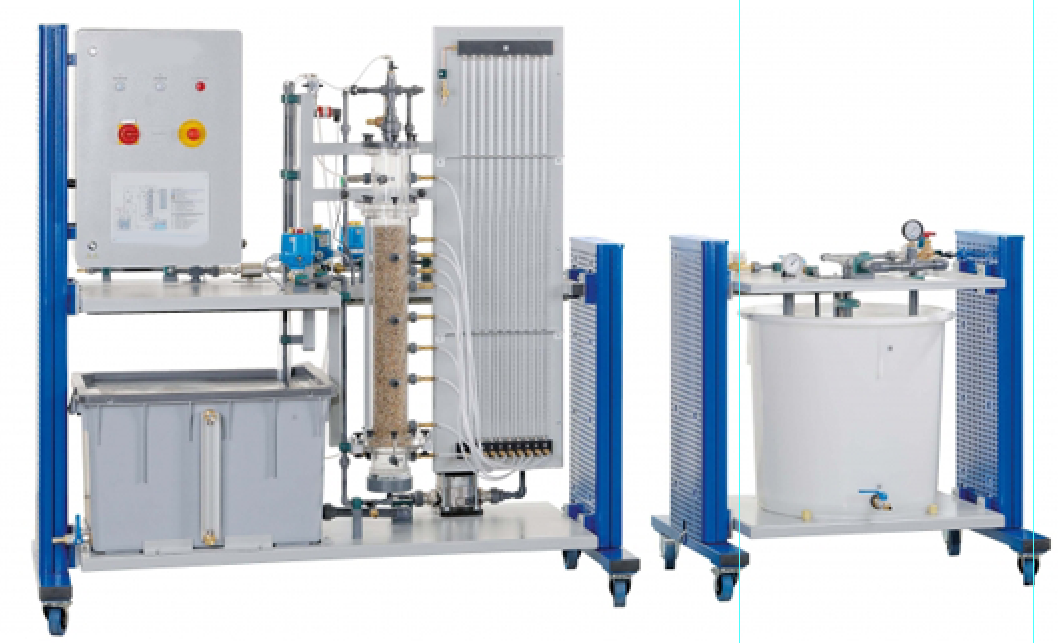






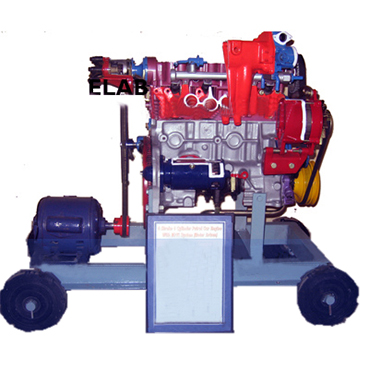

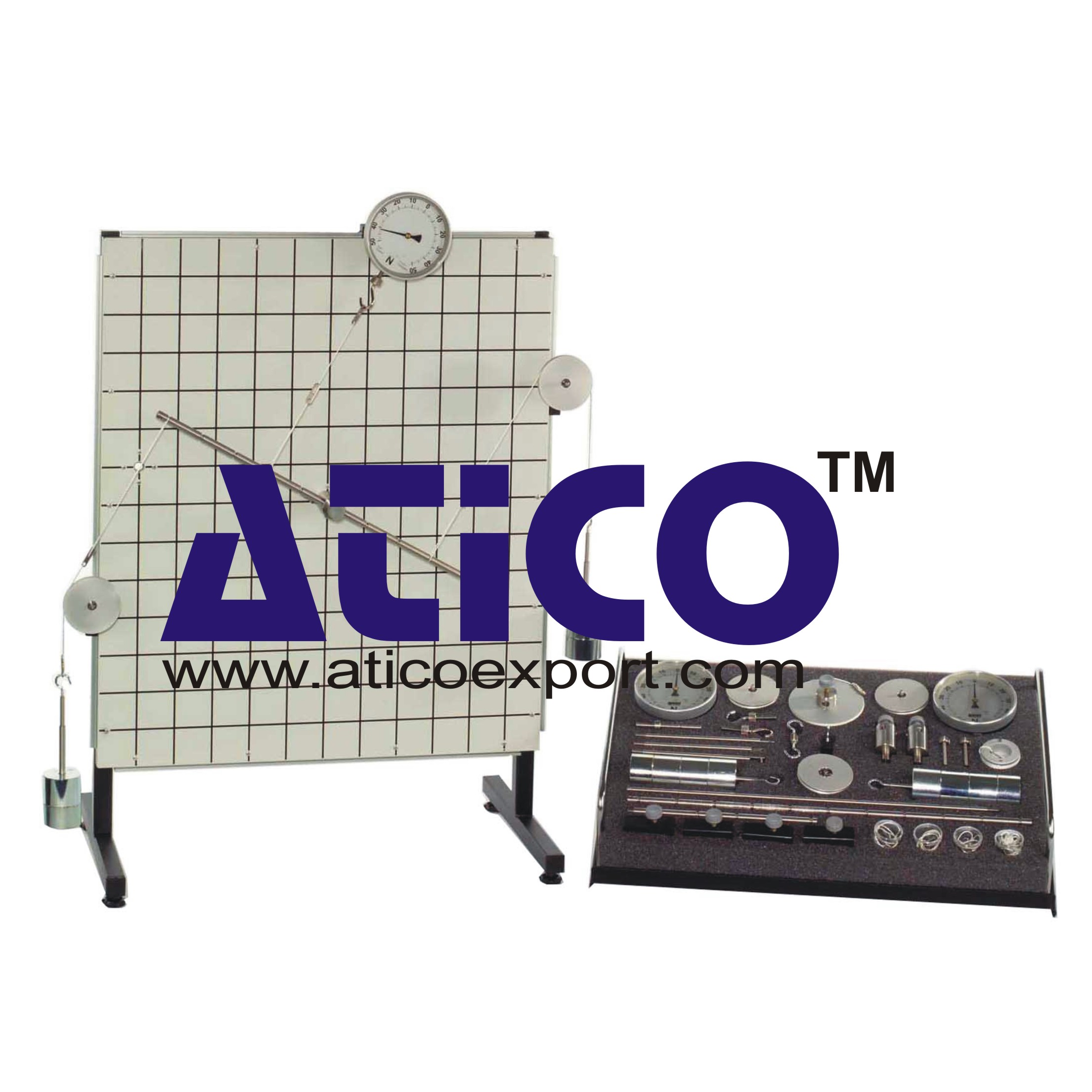

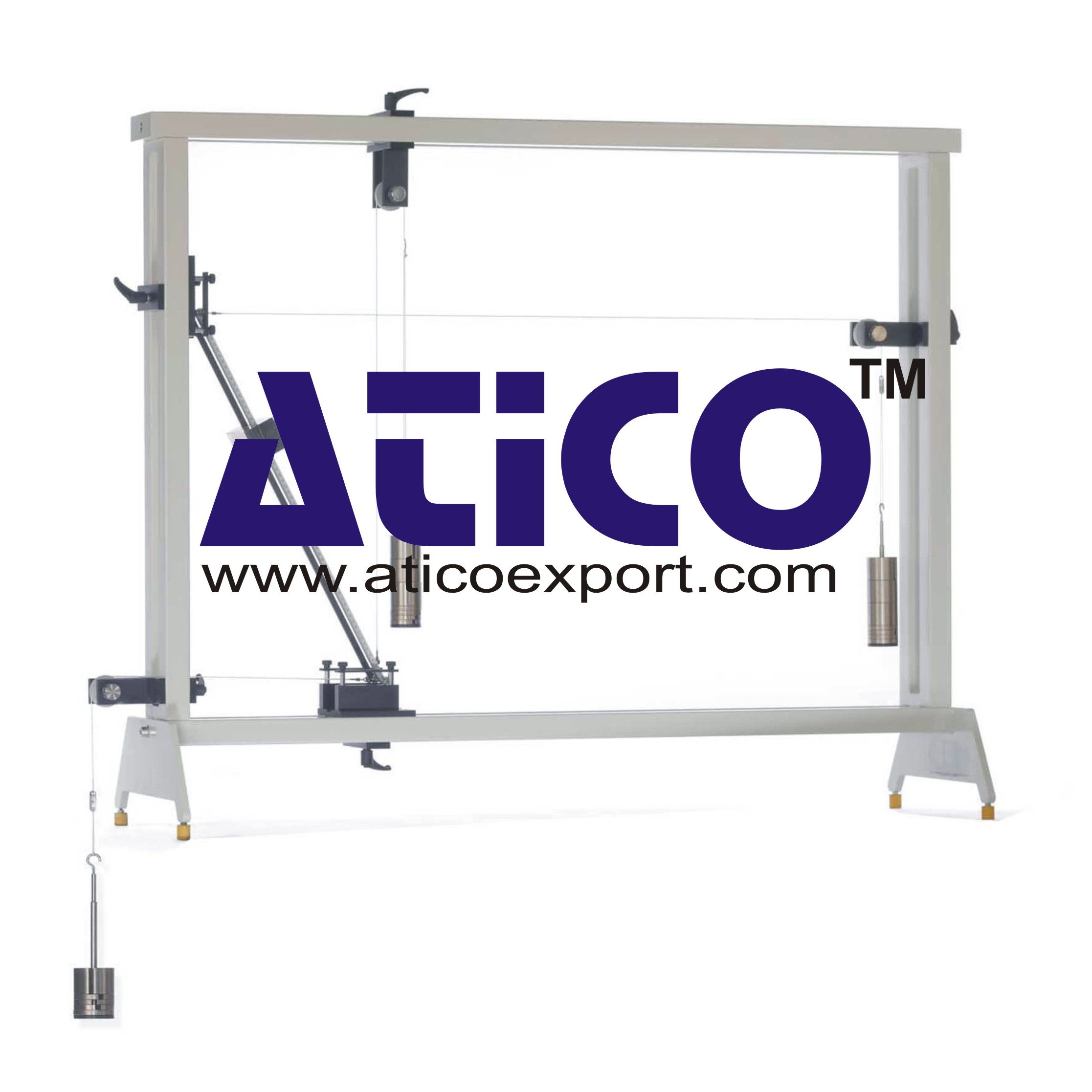
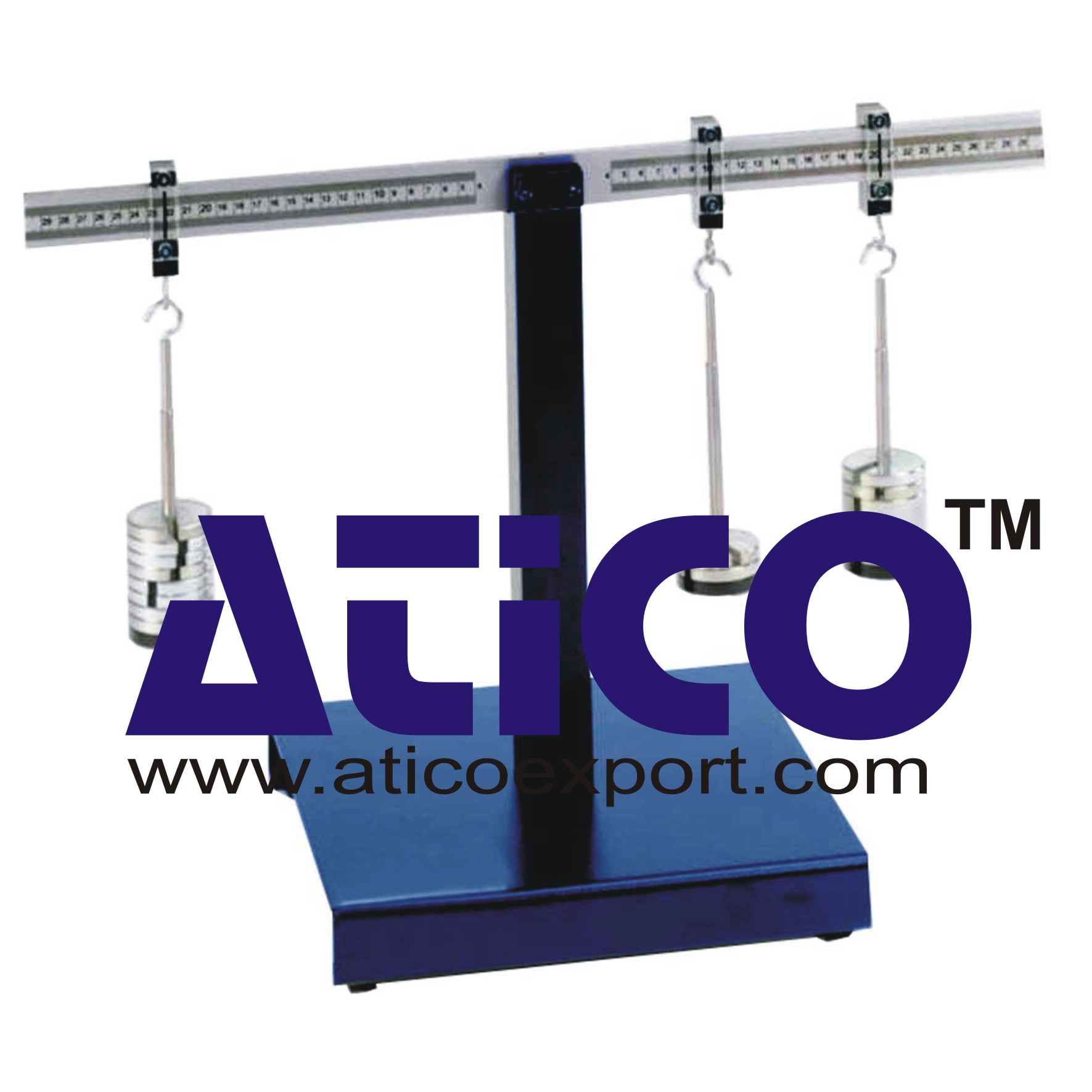
Product
Reviews
add Review
reviews
No Review Yet.